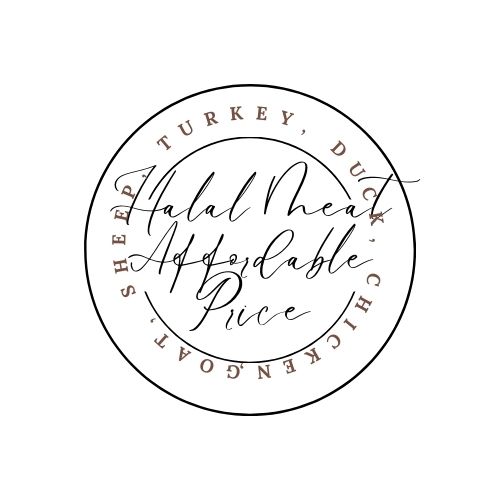Breaking through the boundaries of food production, Indoor farms are designed to overcome many of the obstacles that traditional farmers face, such as extreme weather, pests, and limited growing seasons. By overcoming these challenges, indoor farming operations are able to produce more food and grow specific crops that are specific to your household needs. As a result of having a consistent yearly supply, You can enjoy better and healthier lifestyle at an affordable price.
Greenhouse or Fodder
When comparing productivity, cost savings, and environmental protection offered by indoor growing environments, a commercial greenhouse business offers respectable advantages. For farm operators, these advantages can save money, boost revenue, and sustain the environment. Examples include:
- Less water use – The use of hydroponics reduces the overall consumption of water. Solutions like trough systems, flood benches, and flood floors can lessen both the water and human labor needed to irrigate.
- Less waste – With more control over the growing environment, commercial greenhouse users can monitor and adjust the growing environment to yield more production while using fewer resources.
- Smaller carbon footprint – By using alternative energy resources, reducing or eliminating waste production, and modifying operations to maximize use from fewer materials, commercial greenhouse growers emit less carbon dioxide and other composite materials.
- Customize and control the environment – In a commercial greenhouse, operators can more closely simulate the ideal climate and light conditions required to cultivate crops. This eliminates or greatly reduces the adverse effects of chemical pesticides, adverse environmental conditions, and external contaminants.
- An organic and sustainable product – By reducing the use of natural resources, excluding artificial or inorganic substances, and the saving of energy and water, greenhouse growers are more successful at cultivating products that can be certified and labeled as organic and sustainable.
- Longer growing seasons – By increasing control over climate, irrigation, and heat, a greenhouse can extend the grow season, improve harvests, and boost a farm’s profit margin.
- Control heating and cooling temperatures – With the use of heating, cooling, and ventilation systems, separate zones can be established within the greenhouse, ensuring that crops thrive.
- Natural Light – Save on energy costs by using sunlight as a lighting source, further minimizing your carbon footprint.
The future is Indoor Farming
Let us help you create an Indoor farm for yourself and to feed your anima’s.
we can save you time, money, and frustration.
We can be your farm service provider to establish the supply of feed and meat. As you get familiar with the products and process we build you a system that will grow your fruits, Vegetables, ( Micro Greens ) for your own consumption and fodder to feed your animals.
One Simple system to feed the entire household.
Fodder to Feed
Yes
Fodder to feed in less than 10 days or you can set up weekly or daily production to fit your schedule.
Grain is the ultimate product used to feed most animals.
In a fodder system, a grain like barley or wheat is sprouted in trays, grown for approximately seven days, and then fed to livestock. The animals consume everything, including the sprouts, seeds, and roots.
These are some of the most common plants grown for fodder:
- Alfalfa
- Barley (most common)
- Clover
- Grass and Meadow Grasses
- Corn (maize)
- Millet
- Oats
- Sorghum
- Wheat
Because of its high nutritional value, availability, and high seed weight to fodder production ratio, barley seed is often the grain of choice for fodder production. Generally speaking, one pound of barley grain produces six pounds of fodder in approximately one week.

